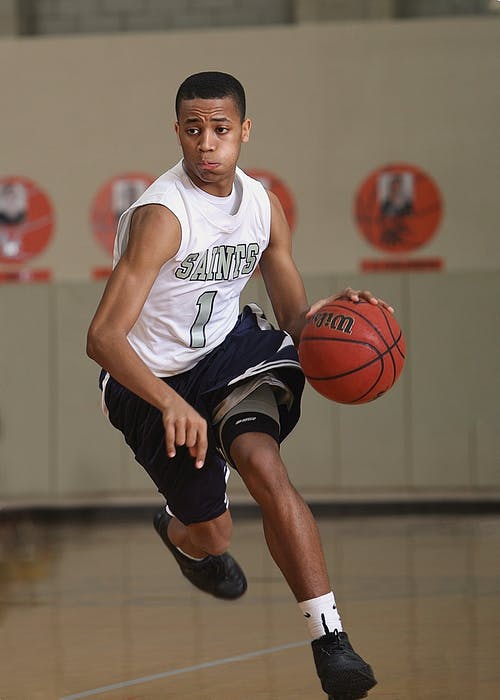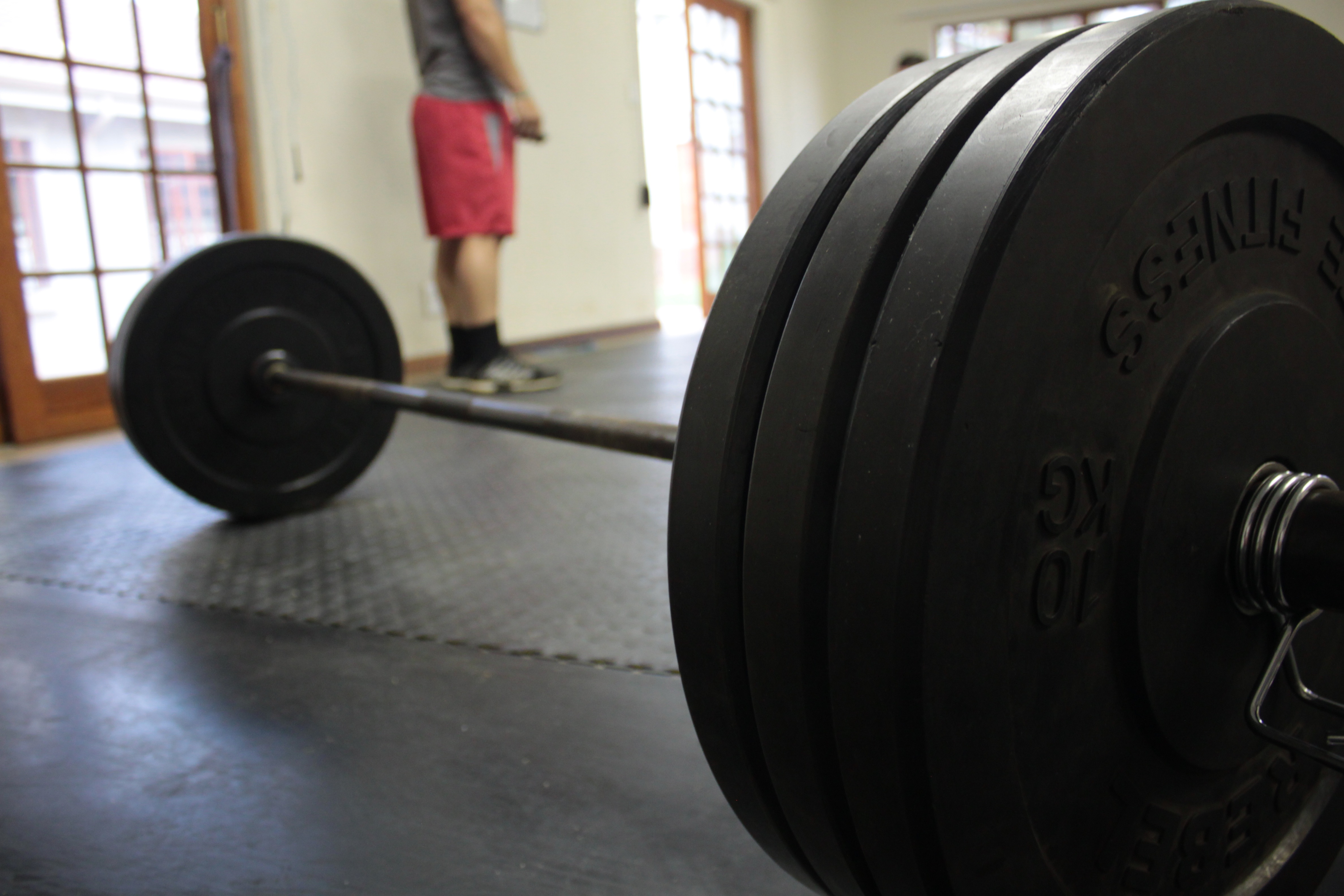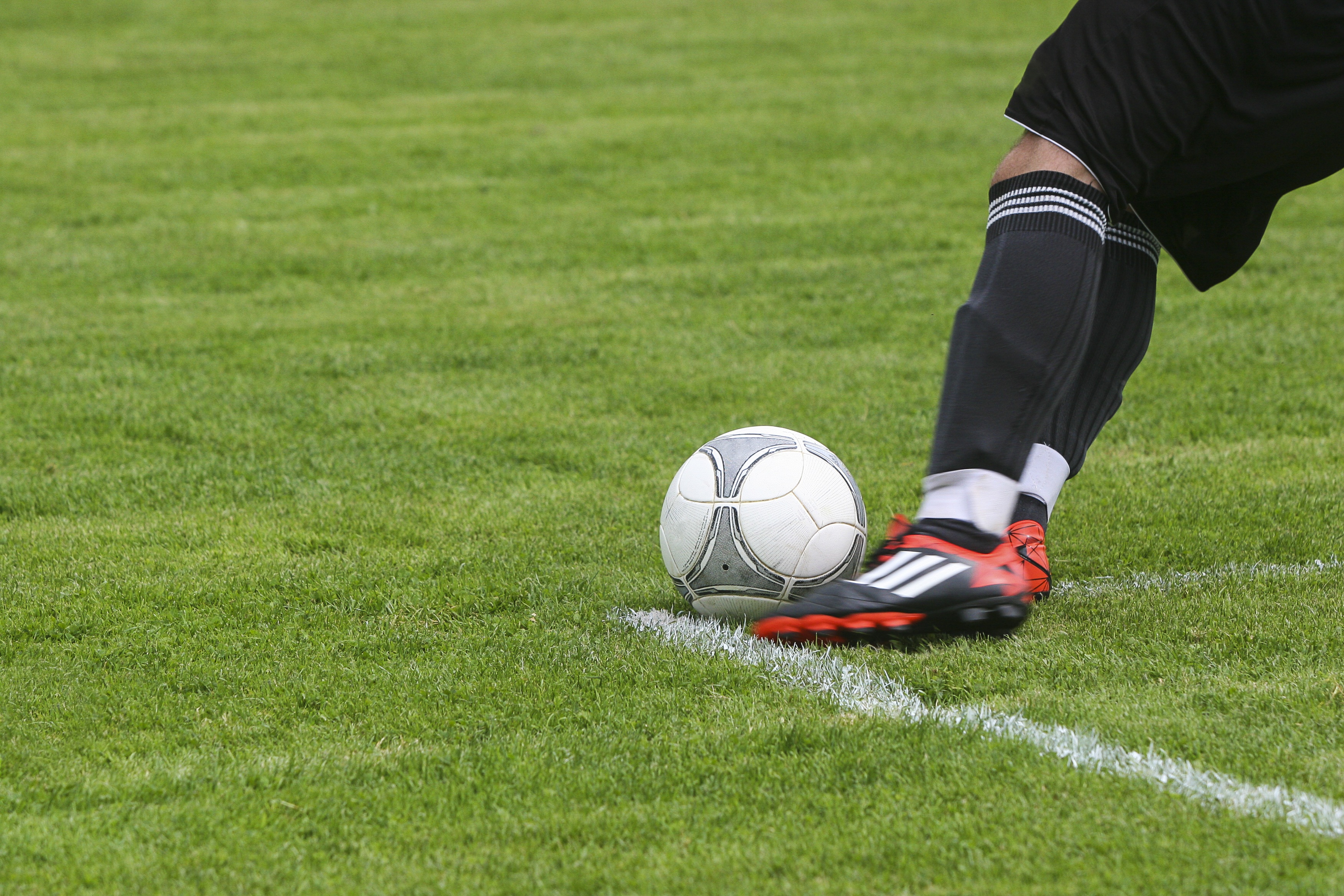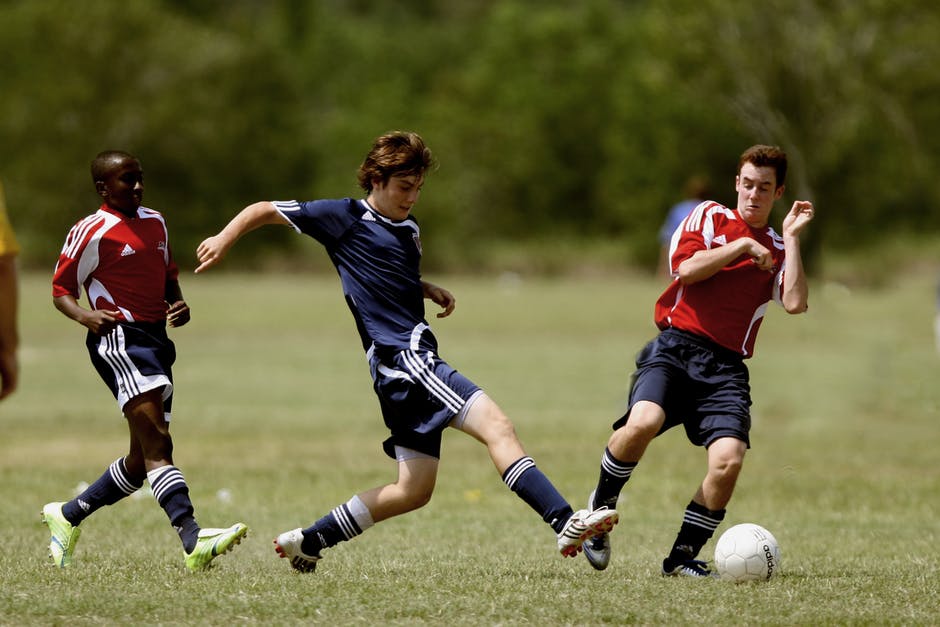As we covered in previous points, field and court sport athletes rarely get to run in a straight line for 60-100 meters. This means that athletes need the ability to start explosively and cover short distances quickly. One tool to develop this is a resisted start.
This is exactly what the name implies, it’s a way to make the start more difficult. These help both with acceleration and that explosive start. There are several ways to do this, some involving equipment and some not: partner resisted, belt starts, towel resisted, and sleds.
Partner Resisted
This is one of the low tech variations. Have a partner stand in front of the athlete (the partner’s back is to the course). The partner will place their hands on the athlete’s shoulders and provide resistance. On the “go” command the athlete will attempt to sprint forward while the partners walks backwards providing resistance.
Belt Starts
There are belts that attach athletes to each other during sprints. These belts fit around the waists of both and are usually linked by some type of strap. Begin with both far enough apart that there is tension on the strap. On the “go” command the athlete in front sprints while the one behind walks.
Towel Starts
This is the low tech version of belt starts. The sprinting athlete puts a towel around his/her waist. Their partner stands behind them and holds the towel, making sure there is tension on the towel. As the athlete sprints forward the partner walks.
Sleds
Sleds develop strength in the start. Think of this as start specific strength training. For the start the athlete will work on pushing the sled. This a challenging tool to use in a setting with a lot of athletes training at one time as there will only be a limited number of sleds and a limited amount of resistance to use on the sleds.
With all of these tools it is important to emphasize good mechanics to help with transfer as these are not being used as general tools. When the resistance hits it is not uncommon to see athletes lean too far forward, bend forward at the waist, or to see them overstride to compensate – so all of this has to be coached.
Pick one of these drills for each sprinting session and perform for 3-5 reps, no more than 20 yards each. Emphasize technique and full recovery between each rep. With the exception of sleds, these can each be performed by a large number of athletes at one time! These exercises make a great transition between the warm up and the rest of the speed/agility workout.




